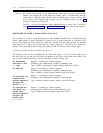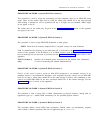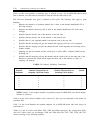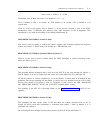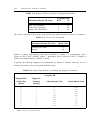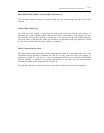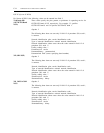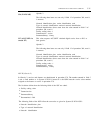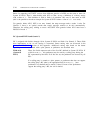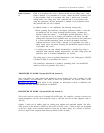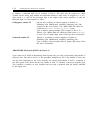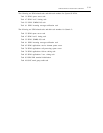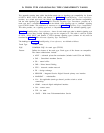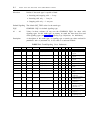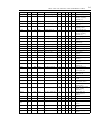
C-16
ADMINISTRATIVE PROCEDURE SUMMARY
Rules for requesting ACCUNET services from different generics of 4ESS are the same as those for
System 85 R2V4. That is, when dealing with 4E13 or later, set up a definition of a binary service
with a value of 6. This definition is used in field 6 of procedure 309, word 5, that sends an NSF
(this is the parallel to the above example for System 85 R2V4 where a value of 357 was used).
For generics before 4E13, NSF is not sent; instead, the setup message needs a mode 1 code. For
Generic 2, there is no special encode that causes message creation to do this automatically.
Therefore, the calling party wishing to access ACCUNET from generics before 4E13 must have a
BCCOS of mode 1.
BC (System 85 R2V4 and Generic 2)
BC is assigned with fields 6 through 10 for System 85 R2V4 and field 6 for Generic 2. These fields
have implications as far as call routing is concerned. Some routing rules are discussed in the
Procedure 010 Word 4 section of this appendix. Additional routing rules based on the bearer
capability translation associated with a plan, pattern, or preference are described next.
Fields 6-10
These five fields represent each of the five BCs defined in System 85 R2V4. If
(System 85
a field is set to a 1, this preference may be used by a calling party having the
R2V4)
BC represented by the field. If all bits are set, the preference can be used by all
BCs.
If a calling party is routed to a plan, pattern, or preference that does not support
the calling party’s BC (that is, the appropriate field is set to a 0), later
preferences are checked until a match is found. If none of the preferences
support the calling party’s BC, the call is denied.



